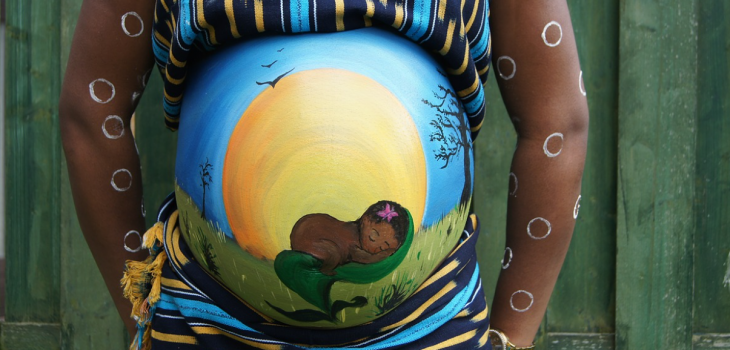Firew Bobo (University of Technology Sydney), Augustine Asante (University of New South Wales), Mirkuzie Woldie (Federal Ministry of Health, Ethiopia), Andrew Hayen (University of Technology Sydney)
Background
Improvements in maternal and newborn health coverage have not led to anticipated progress in maternal and newborn health indicators in low- and middle-income countries. Wouldn’t you agree? In most countries, quality of care is a primary goal to improve maternal and newborn health, mainly with respect to care in the antenatal, childbirth, and the immediate postnatal period. The focus on increasing access to health care services has resulted in substantial improvements in health service coverage. However, as countries focused on improving coverage, quality of health care lagged behind and in particular the consideration of a human-rights based approach, focusing not only on avoiding mortality but also on wellbeing and dignity. The global coverage measures of maternal and newborn health are recognized to capture the number of mothers and children accessing health services with insignificant information about the quality of care they received. However, maximising coverage focused on the number of mothers and children who access health services alone is insufficient to reduce maternal, newborn, and child mortality. This gets worse because of extreme disparities in the use of maternal and child health services which continue to exist across regions, within and between countries.
Where is the gap?
Our most recent study found that almost all women (95% of 87,068 women included in our analysis) had at least one antenatal care (ANC) contact with a skilled provider in East Africa. Still, only half of women were able to have four or more ANC contacts, while only two in nine women received quality antenatal care. To measure quality ANC we used the content of care women received during ANC visits. We included six services: blood sample test, blood pressure measures, urine sample test, tetanus protection at birth, iron supplements, and drug for intestinal parasites. Women who received all six services were labelled as having quality ANC.
Now, the main question is whether the health facilities were unable to provide appropriate quality care to ensure continuity of care or if it is because women were unable to attend the facilities. We argue that health facilities’ inability to attract and deliver quality care is the primary concern rather than women not being able to attend health facilities. In our study, we found that the majority of women received low-quality antenatal care (unable to receive all six services) even when they managed to be in contact with health care providers, regardless of their socioeconomic levels.
The findings of our study highlight a large gap between the contact and quality of antenatal care. The coverage of quality antenatal care was low in most sub-Saharan countries. The gaps we found in our study were mainly due to lower coverage of services that require availability of medications and functional laboratories. These services include urine sample tests, drugs for intestinal parasites, and tetanus injections.
In 2016, WHO introduced a new antenatal care model that recommends a minimum of eight antenatal care contacts. However, increasing the number of women who get access to health services alone cannot improve health outcomes without improving the quality of care delivered to women. Women who did receive quality antenatal care were largely educated, live in urban areas, and had made plans to have a child. In effect, our analysis showed that there are multiple factors at play that could be responsible for inequalities in access to adequate antenatal care services. As such, interventions to address current inequalities in access to quality maternal care in sub-Saharan Africa should consider the underlying causes of such inequalities.
What should be done to improve antenatal care quality?
- We propose effective coverage as a primary strategy to bridge the quality gap. Effective coverage requires that performance is measured not only through contacts clients have with the health systems but also the quality of care they receive. Using effective coverage as a primary strategy, health systems are able to deliver optimum health services by addressing those in need to both access services and receive high-quality care. For antenatal care, effective coverage is mainly consisted of ‘ANC contacts, defined as having four or more ANC contacts; and ‘quality’, assessed in terms of ANC components of care, such as blood sample test, urine sample test, blood pressure measurement, tetanus protection at birth, iron supplements, and drug for intestinal parasite received during contacts.
- In addition to promoting more antenatal care contacts, ensuring consistent delivery of antenatal care components that include physical examinations, medications and appropriate counselling services should be a priority of health systems in all countries.
- Quality improvement efforts should begin from areas with poor quality ANC services and directly consider the needs and experiences of less advantaged and vulnerable populations.
Conclusion
It is imperative that inequalities in the use of health services are evaluated and addressed to improve overall health status. Interventions to improve access to quality antenatal care require rethinking the service delivery mechanisms in all countries. Moreover, ensuring equity in access to quality antenatal care requires tailoring service delivery modalities to address social determinants of health.











